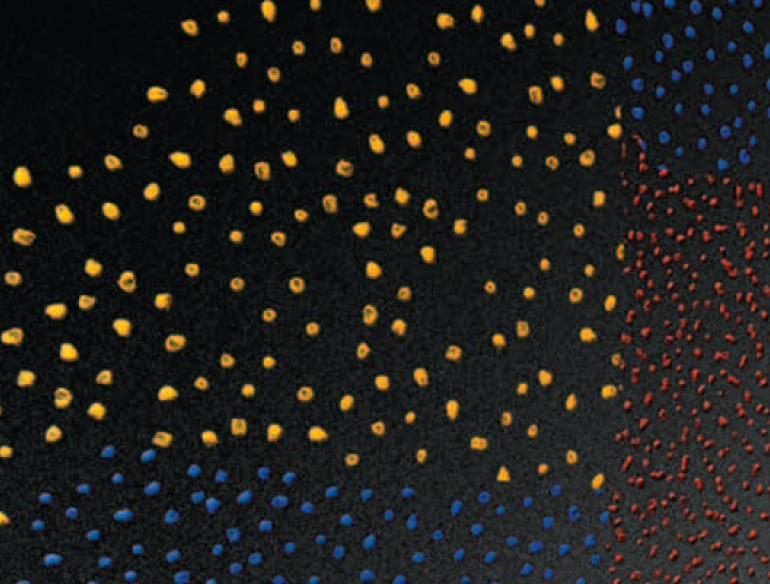- The number of communities screened has increased in Western Australia and the Northern Territory between 2008 and 2010.
- Trachoma remains endemic, as defined by national and World Health Organization guidelines, in many remote communities in the Northern Territory, South Australia and Western Australia.
- The prevalence of clean faces in screened populations was high at 80% in 2010 and has been consistently so since 2007.
- Overall treatment coverage was 70%, but varied widely, indicating the need for improved coverage in many communities if control goals are to be achieved.
- Improvement is needed in the screening coverage of communities for both trachoma and trichiasis, the coverage and timeliness of treatment, the definition of populations to be screened, clarity of treatment strategies, and in the methods used for data collection.
Trachoma is one of the major causes of preventable blindness globally. It is an eye infection caused by the bacterium Chlamydia trachomatis (C. trachomatis) serotypes A, B, Ba and C. The infection can be transmitted through close facial contact, hand-to-eye contact, via fomites (towels, clothing and bedding) or by flies. Trachoma is generally found in dry, dusty environments and is linked to poor living conditions. Overcrowding of households, limited water supply for bathing and general hygiene, poor waste disposal systems and high numbers of flies are all associated with trachoma. Children generally have the highest prevalence of trachoma and are believed to be the main reservoirs of infection due to longer durations of infection compared to adults.
Australia is the only developed country where trachoma is still endemic. It occurs primarily in remote and very remote Aboriginal communities in the Northern Territory, South Australia and Western Australia. In 2008, cases were also found in Aboriginal communities in New South Wales and Queensland, regions where trachoma was believed to have been eliminated. In Australia, the surveillance and management of trachoma is guided by the Communicable Disease Network of Australia (CDNA) Guidelines for the Public Health Management of Trachoma in Australia 2006. This document encompasses the WHO SAFE strategies and provides recommendations for improving data collection, collation and reporting systems.
The National Trachoma Surveillance and Reporting Unit (NTSRU) is responsible for trachoma data collation, analysis and reporting related to the ongoing evaluation of trachoma control strategies in Australia. It operates under contract with the Australian Government Department of Health and Ageing, and its primary focus is the three jurisdictions that have been funded to undertake trachoma control activities by the Australian Government.

